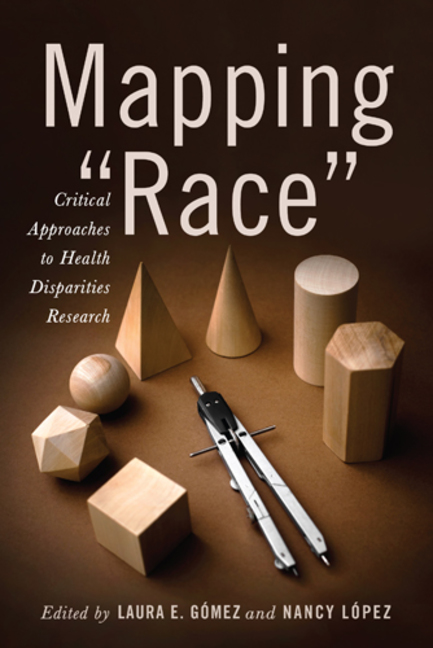Are There Human Races? The Evolutionary Biology—Or Not—Of RacePosted in Anthropology, Articles, Health/Medicine/Genetics, Media Archive, Social Science on 2013-09-07 18:03Z by Steven |
Are There Human Races? The Evolutionary Biology—Or Not—Of Race
The Subversive Archaeologist
2013-05-19
Robert H. Gargett, Research Scholar of Archaeology / Human Origins
Ronin Institute
Foreword: I ran a series on “race” and racism that began on October 7, 2011, which was the SA’s third day in cyberspace. I’ll be putting it up again in its several parts, beginning today [revised and expanded, as the publishers say]. If you’ve seen it before, please forgive my publishing “re-runs.” Fighting bigotry should be our full-time job, and bigotry is nowhere as insidious as it is in the concept of “race.” So, it won’t hurt to air these thoughts again, in the hope of reaching a different audience this time around.
From the Age of Exploration—beginning at the end of the Middle Ages—Europeans and their descendants legitimated their imperialist expansion ideologically by seeing non-European people through the lens of a racial worldview. Wherever Europeans colonized, and for differing lengths of time, you saw the usurpation of power and territory at the expense of indigenous people who were inevitably deemed to be a different race. In many cases the oppressed were seen as not just non-European, but non-human. Today, wherever Europeans are still in power, indigenous people suffer existence at the margins of society, bereft of any real power, and often bereft of any connection with their past other than through the memories of degradation they experienced during and after the European invasion.
Where indigenous people have retaken control of former colonies, they live with the heritage of divisive and authoritarian colonialism: inefficient and inadequate infrastructure, and the legacy of old hatreds generated by colonial governments that pitted one group against another. In some cases those same Europeans enslaved the indigenous people, and the descendants of those slaves exist as a permanent underclass in the United States, Brazil, and elsewhere. And let’s not forget that this might never have taken place without the complicity, and greed, of powerful, indigenous African groups.
Race matters, today, because we all live with its twin—racism (itself the bastard offspring of a more broad-ranging bigotry). Anthropology (and through it, archaeology) has much to contribute to the race debate in the present, even if it has a somewhat uneven record, historically, on the matter of race. As much as anthropologists have made substantial additions to knowledge of the human species, they have also—implicitly and explicitly—added much fuel to the social conflagration that is racism.
It’s long since time to make amends…
Read the entire article here.


